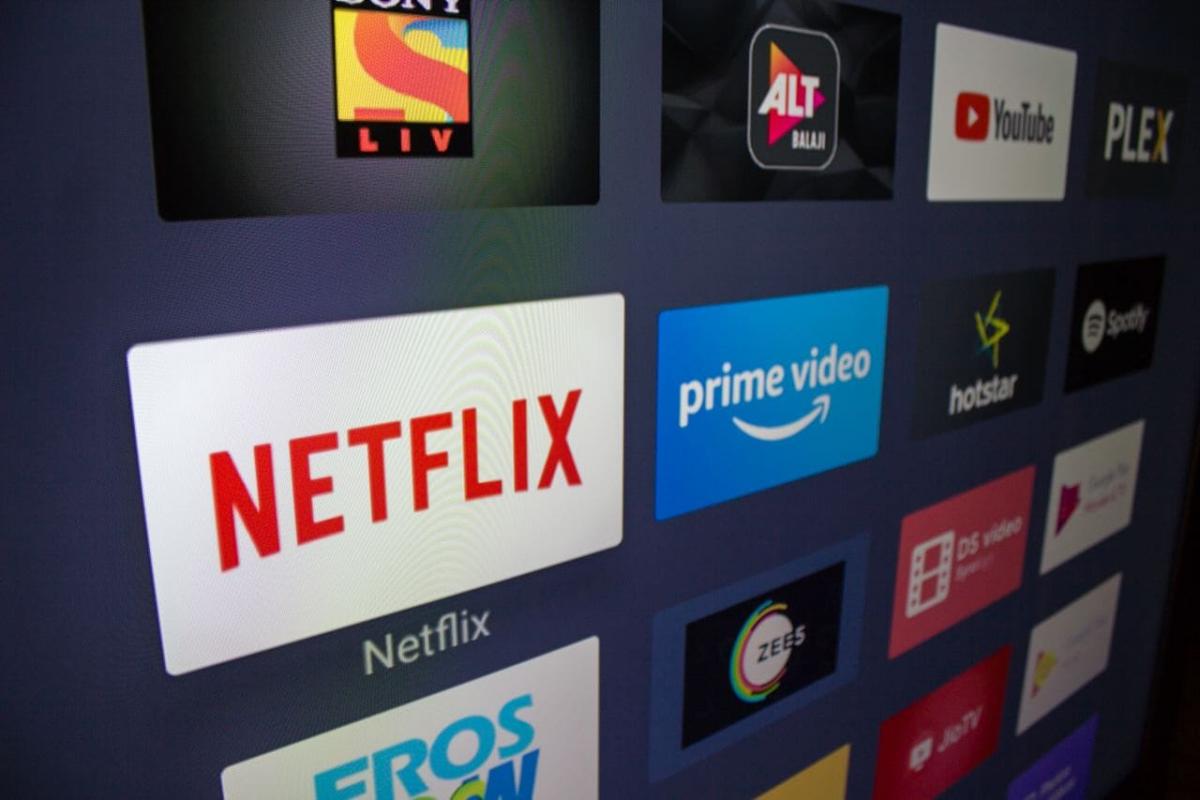
OTT platforms pre-empt I&B ministry, bring out stringent self-regulatory code
Even as the government is poised to bring in rules to regulate OTT content, the industry body, Internet and Mobile Association of India (IAMAI) has gone ahead on Thursday and adopted an ‘Implementation Toolkit’, which contains a more robust self-regulatory code.

Even as the government is poised to bring in rules to regulate OTT content, the industry body, Internet and Mobile Association of India (IAMAI) on Thursday adopted an ‘Implementation Toolkit’ , which contains a more robust self-regulatory code.
As many as 17 major video streaming platforms such as Netflix, Amazon Prime and Disney+ Hotstar, Zee5 and AltBalaji among others have signed a new version of the Universal Self-Regulation Code, which was rejected by the government in September in its original form.
This Toolkit, however, addresses some issues flagged by the Ministry of Information and Broadcasting (MIB) in the Code, such as the lack of independent third-party monitoring, strengthening the grievance redressal mechanism and clarity on what comprises prohibited content.
According to Amit Goenka, chairman of IAMAI’s Digital Entertainment Committee, the toolkit, which came into effect from February 10, clearly spells out all the key points in the streaming platforms’ self-regulation code. It further lays out “tent poles” that the OCCPs(Online Curated Content Providers) need to responsibly follow, while creating content.
Welcoming the document, the Chairman of the CII national committee on media and entertainment and managing director of Star India Pvt Ltd and Disney India, K Madhavan, said in a statement that the industry is mature and responsible enough to keep necessary guidelines in mind while creating content. “It is committed to abiding by all safety features such as content descriptors, age classification, maturity rating and access controls,” he added.
Also read: Centre readies draft rules to regulate social media, OTT platforms, news sites
Out of the 40 streaming platforms operating in India, 17 have signed the Code, which include ZEE5, Viacom 18 (Voot), Disney+ Hotstar, Amazon Prime Video, Netflix, SonyLiv, MX Player, Jio Cinema, Eros Now, Alt Balaji, Arre, HoiChoi, Hungama, Shemaroo, Discovery Plus, Aha and Lionsgate Play.
The new document will largely help the signatories to self-regulate, to enhance their knowledge and nuances of the relevant Indian laws with respect to content; to set up a grievance redressal mechanism that should escalate the matter to an advisory panel featuring independent members; and to hold consumer awareness programmes to help amplify understanding and use of age rating, content description and parental controls.
Meanwhile, I&B minister Prakash Javadekar recently told Parliament that the broad guidelines and directives for OTT platforms have been drawn up and will be implemented soon. Until now, there have been no laws or rules regulating OTT platforms since it is new medium of entertainment. Unlike television, print or radio, which follow guidelines released by governments, OTT platforms, classified as digital media or social media, had free rein over their choice of content, subscription rates, certification for adult movies etc.
Following complaints about makers of shows like Tandav and Mirzapur 2, who were even slapped with FIRs and government summons, the government put pressure on platforms to come up with a self-regulatory code. 15 OTT platforms joined hands under IAMAI in September, to sign a code of self-regulation, to formulate a framework for age classification appropriate and content description. But the government had rejected that code, and in November 2020, OTT platforms was brought under the I&B ministry wing.
Also read: Online news portals, OTT content providers come under I&B Ministry
It is not clear what kind of guidelines the I&B ministry will come up with to regulate the content, whether they will need a certification and approval for their content or will they be censored.
This move by IAMAI to quickly come up with another revised code is being seen as a way to “placate” a growing intolerance in the form of registration of criminal cases and threats issued by politicians, towards digital content, say the advocates of digital rights in the country.
According to one such advocate, the toolkit largely mimics the censorship practices in the television and broadcast sector. It will start to impact the diversity of original content being produced in India and cede greater space to self-censorship and government control, he said.
Meanwhile, the IAMAI toolkit details out the applicable laws and its provisions dealing with content. For example, it features the pertinent sections of the Information Technology Act, the Indian Penal Code and the Indecent Representation of Women (Prohibition) Act, 1986, among others.
On the issue of the grievance redressal mechanism, it mandates that the signatories must set up a two-tier structure comprising an internal committee and an advisory panel. Earlier, the government had objected to a one-tier committee largely comprising of their company representatives, and had suggested they set up a body like the Broadcasting Content Complaints Council that monitors general entertainment channels.
Now, the revised Code has an independent member as the chairperson of the advisory panel and he or she will have the casting vote if a tie-breaker is needed. The toolkit also provides for creating an IAMAI secretariat, drawing up consumer awareness campaigns on media and safety measures for protecting children’s nterest.

